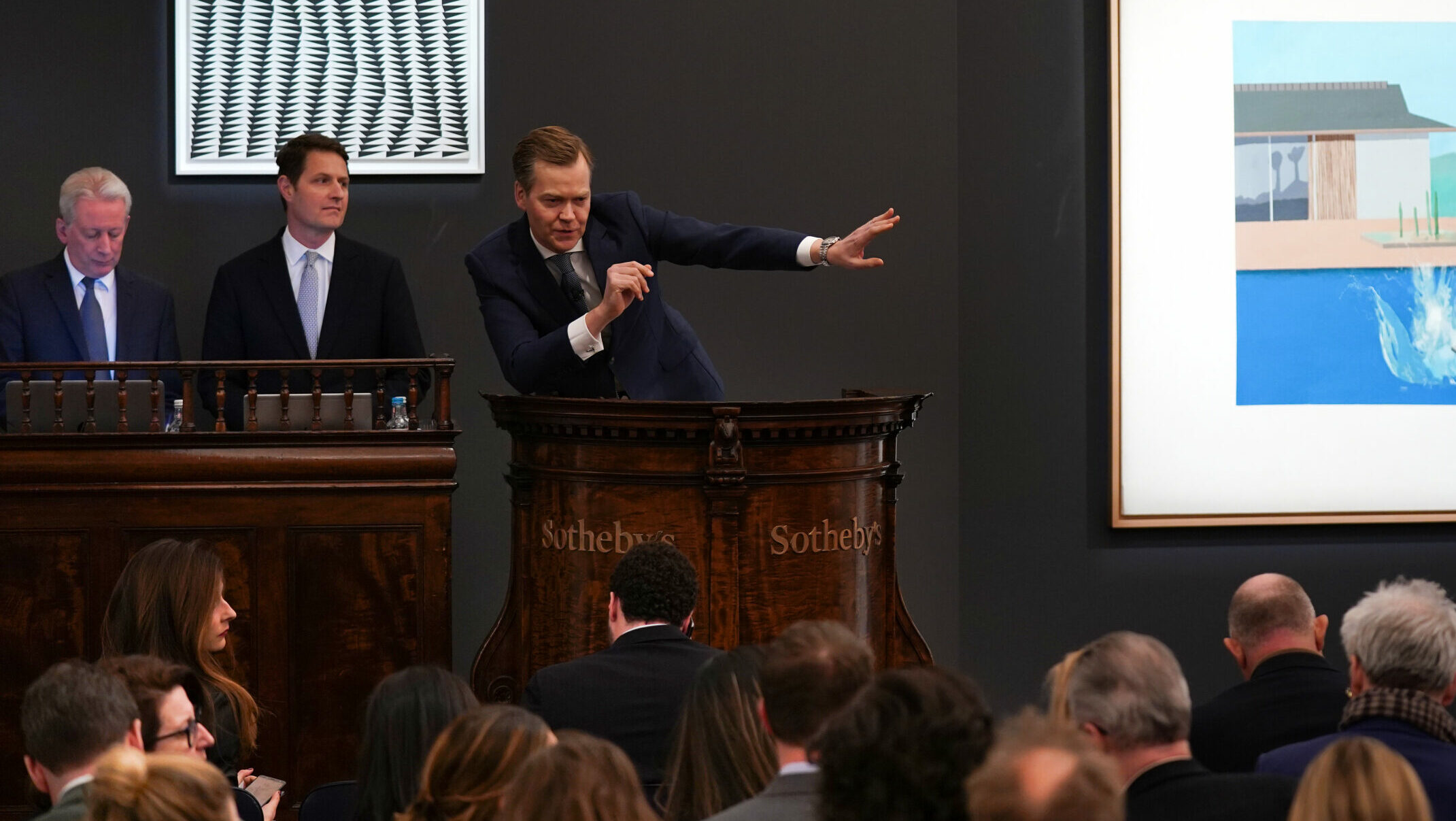
The art market is notoriously based upon sentiment. Sellers must believe there’s demand in order to put their art up for auction. Absent that proof, supply is constrained, and the auction totals fall. Conversely, if buyers think prices are too high, they hold back and sales totals can fall. And yet, the press routinely measures the market’s health by auction volume, which hardly captures the nuanced dynamics at play. So along with analytics firm ARTDAI, I worked to identify more relevant market indicators. In fact, I wanted to find metrics that would show the market’s true internal dynamics.
Alas, charts that demonstrated the percentage of works sold below, within, and above estimates were too complicated to get the point across. Instead, we wanted to look at average prices and sell-through rates. It stands to reason, after all, that sell-through rates matter: The auction houses put so much emphasis on them by getting (and giving) guarantees and, sometimes, withdrawing lots. Average prices also help us see if rising volume comes from a growth in top lots or more lots selling for lower prices. The art market can be very top-heavy, and results often look better than they are because a few really, really expensive works have sold.
This post was originally published on this site be sure to check out more of their content






